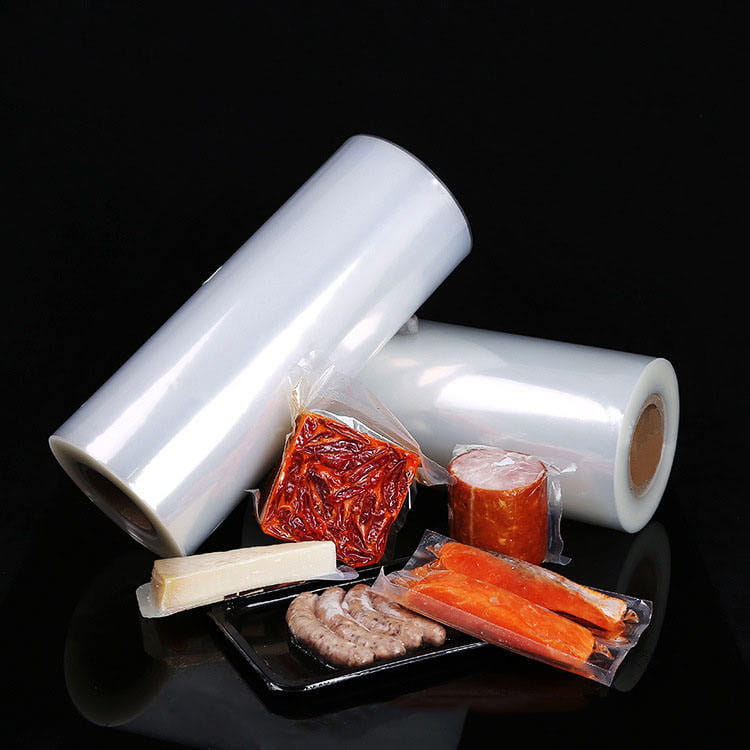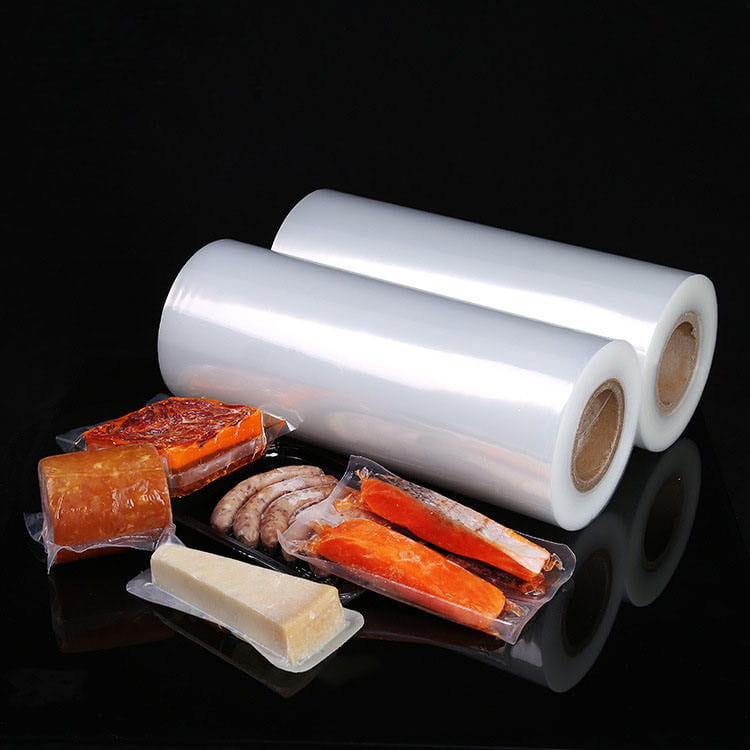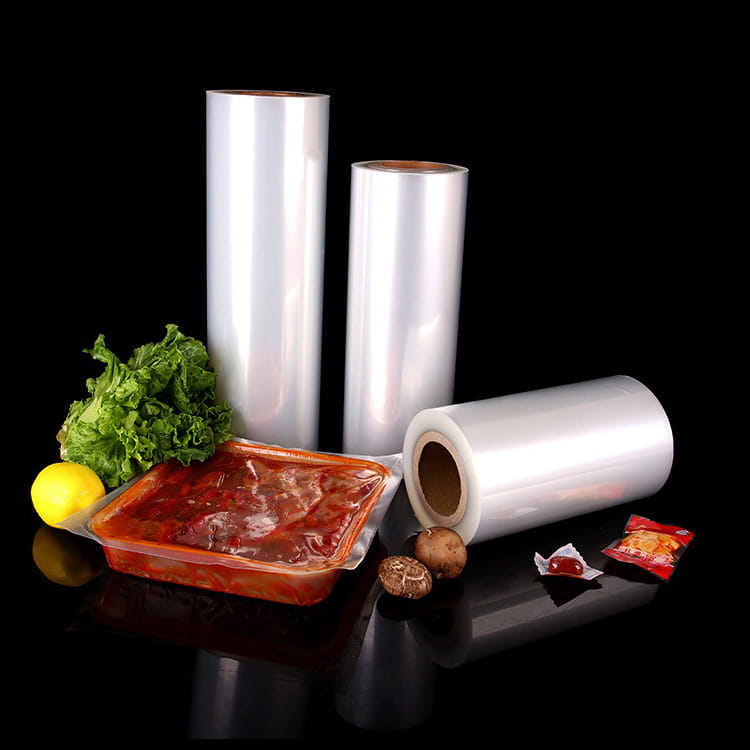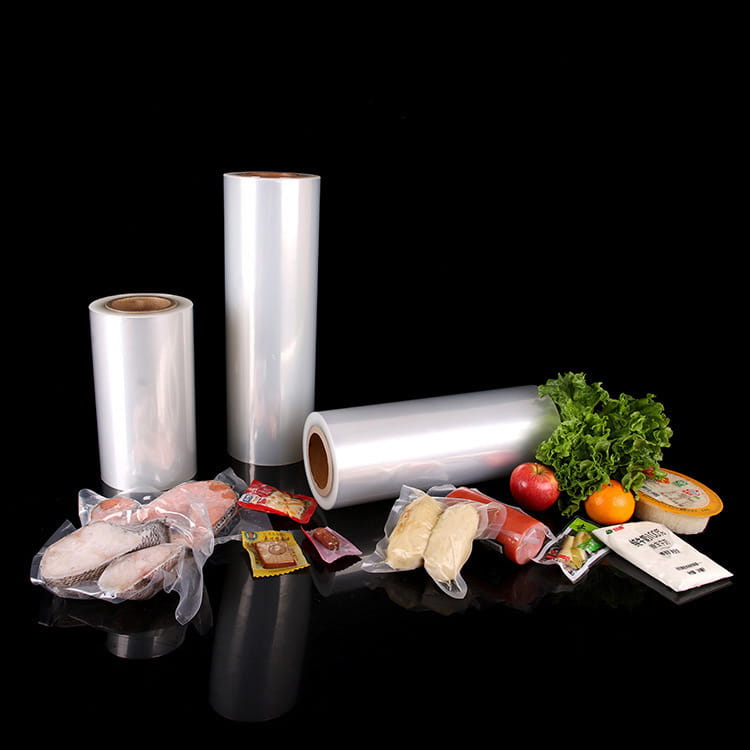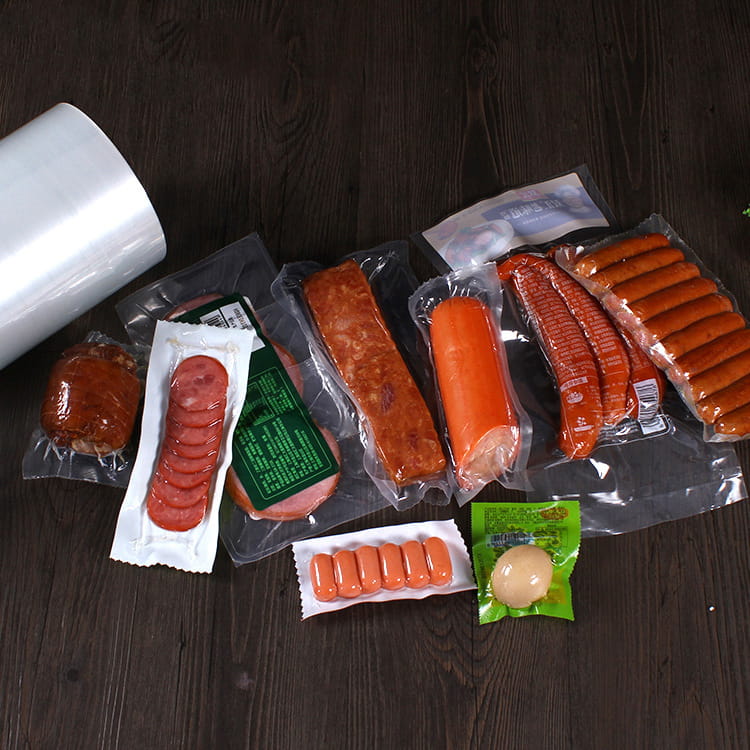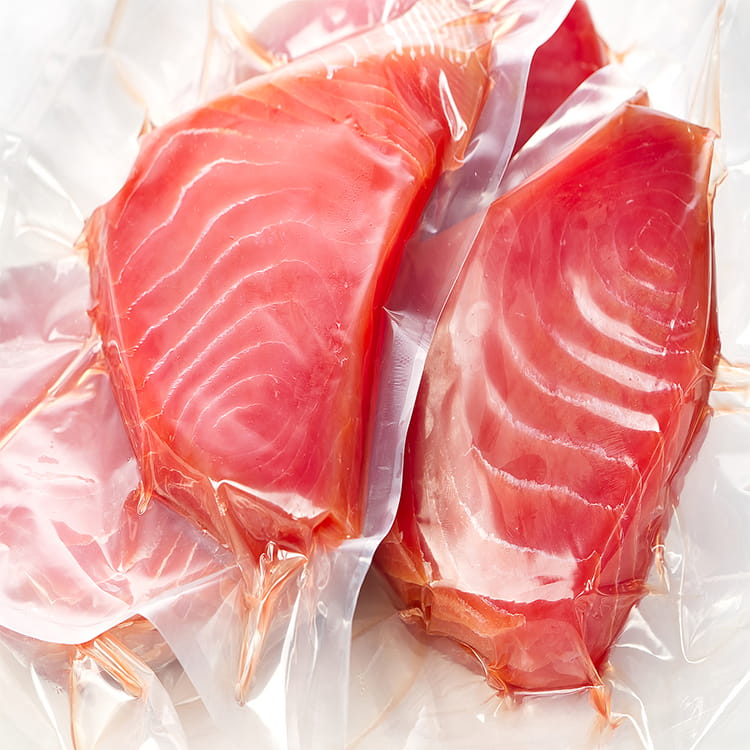In the field of modern packaging, the requirements for material barrier performance are becoming increasingly stringent. The 7-layer asymmetric co-extruded high-temperature film has become a leader in achieving efficient barrier performance with its unique structural design and material combination. The asymmetric 7-layer structure of this film is not a simple physical superposition, but a precisely designed functional integration system. The core secret lies in how to build an indestructible barrier through inter-layer collaboration, thereby creating a stable microenvironment for the product in the package and significantly extending the shelf life of the product.
The structural design of the 7-layer asymmetric co-extruded high-temperature film follows the principle of "customization on demand, functional layering". From the outer layer to the inner layer, the selection and thickness planning of each layer of material have been rigorously considered, and each layer has a clear division of labor and close cooperation. The outer layer is mainly responsible for physical protection. It uses puncture-resistant and wear-resistant materials to prevent external factors from damaging the membrane structure, thereby indirectly ensuring the integrity of the internal barrier layer; while the inner layer focuses on direct contact with the product. Its materials must not only have good chemical stability to avoid reaction with the product, but also play a key barrier role. In the middle layer, high-strength and flexible materials such as nylon give the membrane good mechanical properties, ensuring the stability of the membrane structure under complex environments and providing basic support for the performance of barrier properties.
Its excellent barrier properties are achieved by the targeted blocking of gas and water vapor by each layer of material. Oxygen, water vapor and carbon dioxide molecules are important factors affecting product quality. The 7-layer asymmetric co-extruded high-temperature film builds multiple lines of defense through the compounding of multiple barrier materials. Some layers use polymer materials with high barrier properties. These materials have a tight molecular structure and strong intermolecular forces, making it difficult for gas and water vapor molecules to penetrate. When these gas and water vapor molecules try to pass through the membrane, they need to overcome the resistance between the material molecules. In the process of passing through the layers of barriers, the diffusion rate is greatly reduced. Moreover, the asymmetric structure makes the permeation path of gas and water vapor molecules in the membrane tortuous and complex, further increasing the difficulty of permeation. For example, the interface between different material layers will form a molecular-level barrier, which requires gas and water vapor molecules to consume more energy when crossing the interface, thereby effectively reducing their permeability.
In practical applications, the barrier performance advantages of the 7-layer asymmetric co-extruded high-temperature film are fully reflected. For food packaging, effectively blocking oxygen can inhibit the oxidation reaction of food, prevent oil rancidity and loss of nutrients, and reduce the aerobic respiration of microorganisms, thereby extending the shelf life of food; blocking water vapor can prevent food from becoming soft or dry due to moisture, maintaining its taste and quality; blocking carbon dioxide can maintain the bubbling feeling of carbonated beverages and prevent them from "gassing". For pharmaceutical packaging, good barrier properties can prevent chemical reactions between pharmaceuticals and oxygen, water vapor, etc. in the air, ensuring the effectiveness and safety of pharmaceuticals; for electronic product packaging, the barrier layer can prevent internal components from being damaged due to moisture, prevent corrosion by external corrosive gases, and protect the performance and life of electronic products.
In addition, this asymmetric structure also has good environmental adaptability and stability. Under different environmental conditions such as temperature and humidity, each layer of material can work together to cope with environmental changes and maintain stable barrier performance. Even in a high temperature environment, the material in the film can still maintain the stability of the molecular structure, and the molecular distance will not increase due to the increase in temperature, thereby ensuring that the barrier effect is not affected; in a low temperature environment, the film will not become brittle and crack, destroying the barrier structure.


 English
English عربى
عربى



